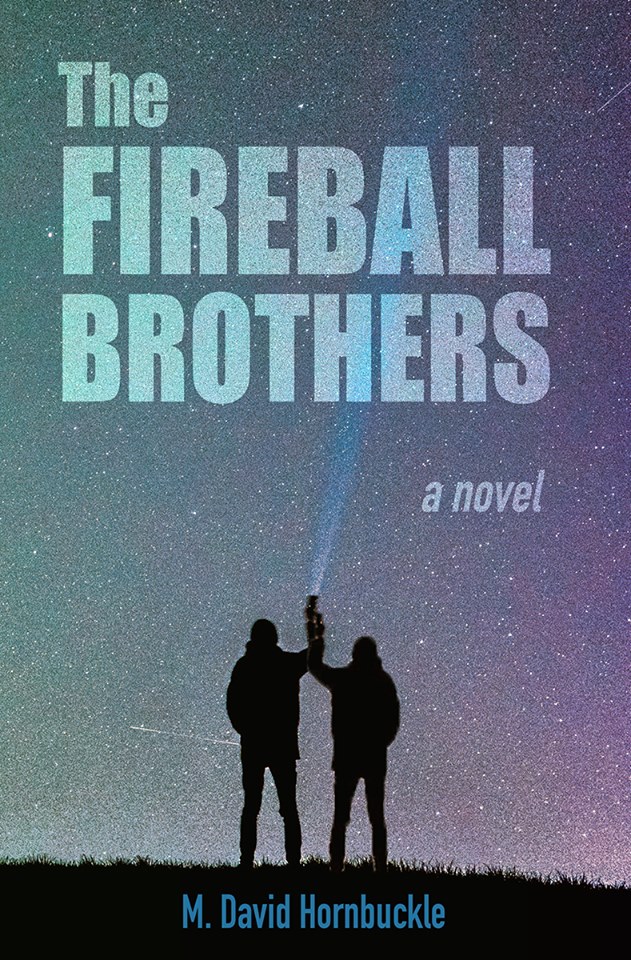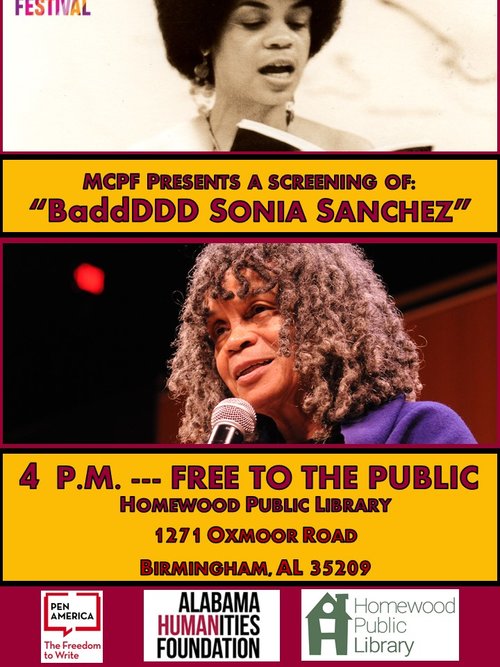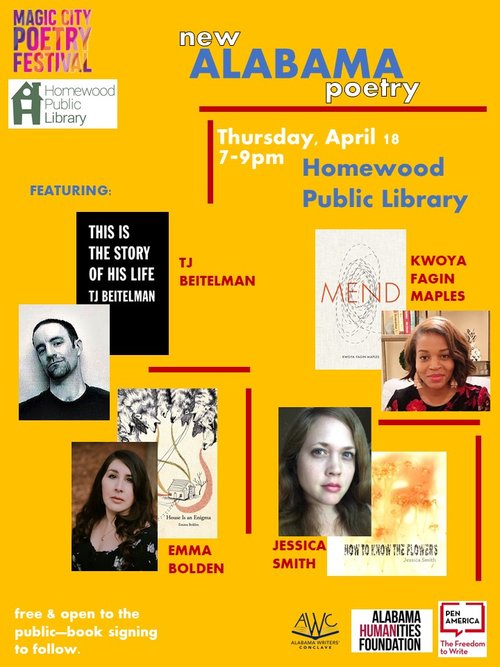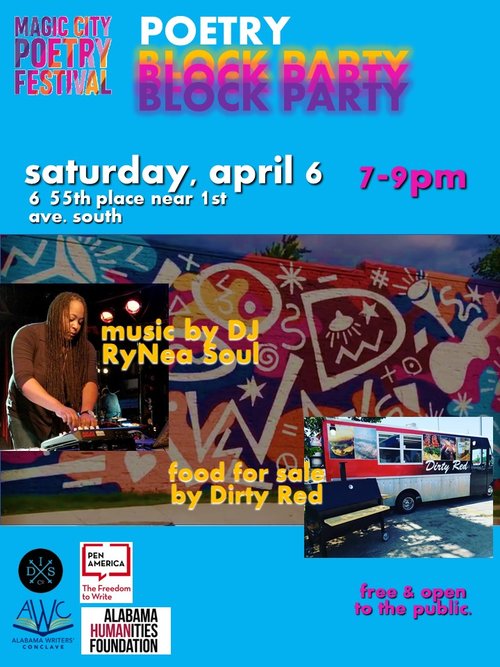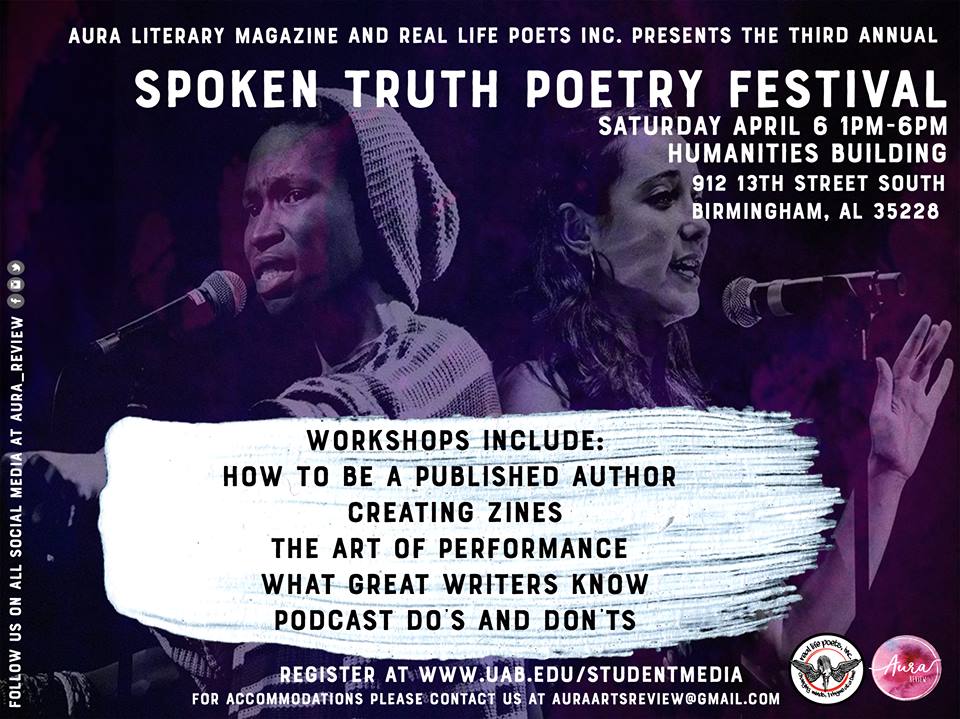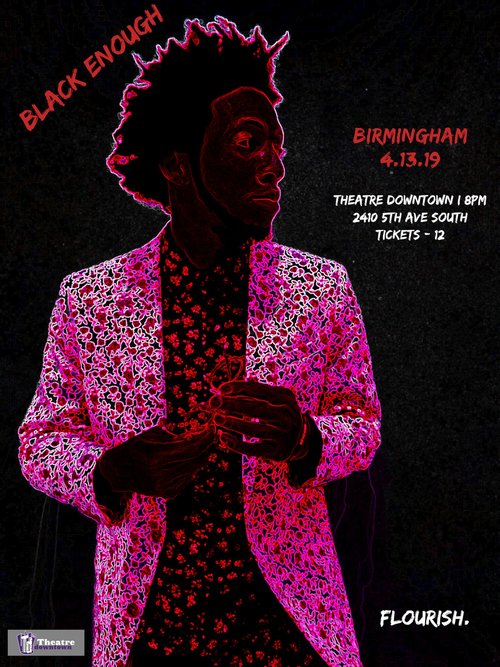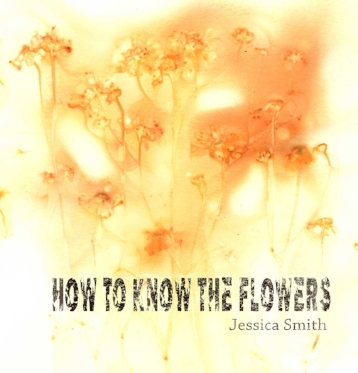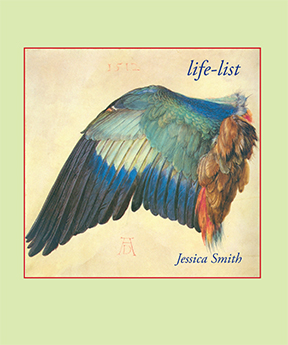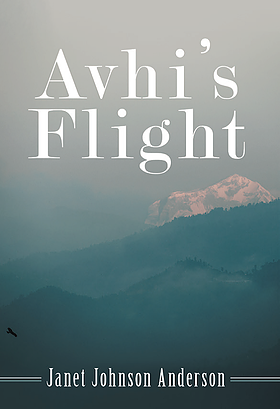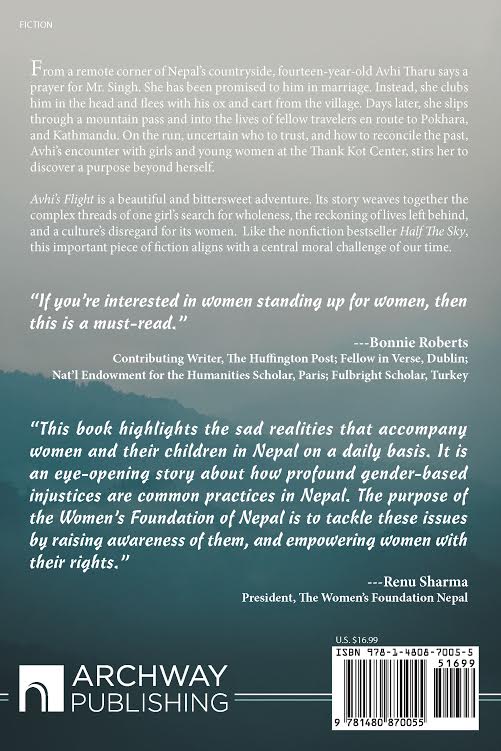An Eye-opening Adventure into Nepal: An Interview with Janet Johnson Anderson about Avhi’s Flight.
“Having escaped a forced marriage, a girl’s difficult journey from the countryside of Nepal to Kathmandu sheds light on a suppressive culture, and discovery of purpose beyond self.” That’s a unique storyline. How did you come up with a story that is in and about Nepal?
Though it’s a fictional story, it is based on facts I learned years ago when I served as a board member for Global Women. Our organization was at work in Nepal, Thailand, Moldova (the poorest European country) and other countries where sexual trafficking and enslavement is high. We helped support efforts to rescue and rehabilitate young women, and teach them job skills so they could become self-sufficient. Women in these regions already lack resources to combat poverty, injustice, and lack of educational opportunities, but often those who have escaped and returned home, are rejected by family and fellow villagers. I was touched by the stories I heard, and after meeting the owner of a sewing school called 777 Pokhara, I felt compelled to write a novel that could introduce American women, in particular, to the plight of women living in difficult places in the world. In my small way, I wanted to lend a voice to the many who are voiceless, who are abused, abducted, sold into brothels, sold into slavery, with little recourse.
That’s a large issue to take on. What do you hope your book can do?
It is a big issue. My story aligns with a central moral challenge of our time. When the Women’s March on Washington took place in January of 2016, I cried. I thought about the fact that no one is protesting or marching in the streets in Nepal for Nepal’s women and girls…and I decided that day to start writing this novel, to create a piece that I hoped could not be ignored. Because in Nepal there are not plentiful shelters, or food pantries. There are not lawyers working pro bono, and there are no authorities to turn to.
I know I am just one small voice, but I believe we are at a place in time when an understanding of such hardships might lead to change. I hope my book will further lines of communication, offer a springboard for discussion, and encourage more voices to rise up for those who remain voiceless in Nepal.
Are there other books like this story?
I don’t believe so. This is sort of an eye-opening adventure that is both beautiful and bittersweet. I don’t think any other book’s storyline weaves together the complex threads of one girl’s search for wholeness, the reckoning of lives left behind, and a culture’s disregard for its women. It’s sort of a fictional version of the nonfiction bestseller Half The Sky, except that my story is about one girl, not many girls from many different countries.
I believe there are not many, if any, novels about the societal underbelly of Nepal, a country known for great hospitality and “Namaste”. I have the endorsement of The Women’s Foundation Nepal, which is at work tackling these issues by trying to raise awareness in their own country, and by trying to empower women with their rights. They wrote me that they were pleased about my book because it addresses some of the sad realities that accompany women and their children there on a daily basis. I don’t think they’ve endorsed any similar books.
So, only five sentences into your story, and your lead character has just killed a man?
Yes. That’s an exciting way to start a novel, isn’t it? We learn right away that fourteen-year-old Avhi Tharu has been promised to Mr. Singh in marriage, but instead, she clubs him in the head and flees with his ox and cart from the village. Women are not allowed to travel alone, so she is plagued right off the bat with some major decisions. Days later when she slips through a mountain pass and into the lives of some American travelers on their way to Pokhara and Kathmandu, she has more time to reflect upon her past choices, her village life, family and friends left behind, and the path for her future. I thought that would be fun to set most of that up on the opening page. People might want to read more.
Then how does your main character and the story speak to the world, if that’s your intent?
Well, Avhi represents many who come from the lowland Terai region or very poor countryside of Nepal. Americans and other foreigners regard Nepal as a peaceful country with a warm spirit. Hikers and mountain climbers yearn for the snow-capped Himalayan peaks. But most oppression in the world stems from poverty and lack of education. Nepal is no different. There is a tyranny of poverty, suppressed education, child marriage, slavery, sexual trafficking, and a caste system that subjugates women. Women and their daughters are deemed worthless, and there seems to be no cure. Many girls are sold or rented as indentured servants to pay a family’s debt. Girls have even been traded for an ox or a pig. Think about that. Girls in these poor regions have never been permitted to hope. We are all aware of many similar countries, where poor women are struggling, but there are no news headlines, no banners in the streets, no multitudes coming forth to stand in opposition or resistance. This story is one that many in the world can relate to, and those of us who are doing well in first-world countries should know about.
Your website says that your books reflect community and global needs. That they provide a voice for the voiceless, hoping to inspire other to lend a hand and heart in the world. What about your other books?
In June of 2011, I self-published a book of poetry as a fundraiser. I have children with special needs. After the April tornadoes, I wanted to help, but couldn’t go do clean-up with my children…not with noisy chainsaws. So, I thought as a writer, I could put together a book to sell and raise money to benefit those families affected by loss. I started writing in the dark by candlelight that April and by June I had a printer in Austin, TX, and a commitment from the owner of Books-A-Million to place my book in every store throughout the state of Alabama. Neither the store nor I took a penny, that way every bit of the $20 price tag went to victims. I printed 5,000 copies and we sold 3,000 netting $60,000 which was distributed through a few charities in North Alabama and the Birmingham area.
That book was quite the ordeal. It was hell every step of the way because in order to get a barcode and ISBN number, you have to be a publisher. So, I became a publishing house, Mirror Press, and then had to get a small business license and I knew nothing about starting a business, or a publishing business. The task to write, edit, print, distribute quickly and by myself, was daunting. BUT, it was also such a blessing to know the books were selling for two reasons. First, obviously, to raise funds for families in need. But also, to lend a voice to these families about their loss and grief, and the feelings facing recovery. The media was strictly concerned about records…biggest storm, largest tornado since…numbers of deaths, length of destruction…numbers. No one was giving credence to the emotional toll. So, I was very pleased that we could raise money, but especially pleased that my words could offer comfort and a voice on behalf of, and for, those families suffering loss.
That book, by the way, is still available at my website: jjabooks.com. I gave books to the hundreds of Army volunteers, to several churches whose buildings were completely destroyed, but obviously, I still have some left over. New and signed!
I have a novel coming out next summer that coincides with the 15th anniversary of Katrina and lends a voice to the despair New Orleans communities dealt with for years. It takes place four years after the storm, touches on black injustice amid two family sagas, corrupt politicians, and a murder investigation…just as Obama has made history as our first African-American president. Ha. I do not like to simplify. Again, I hope to lend a voice to the families who were devastated for years and years after that disastrous hurricane.
When or how did you become a writer?
I became a writer the moment I lived alone as a young adult, and discovered there are not many you can call at 2 a.m. to talk with and work out life’s issues. The cat was good some of the time, but mostly, I needed to just pour myself out on paper to find some relief from my feelings and worries. I was a poet for decades. I am sixty now, so forty years ago…it was all poetry. It’s been all poetry up until about five years ago when I began writing my story The Ray of Hope about Katrina. I was regularly winning the AWC and ASPS poetry contests, contests in the Midwest and other areas of the South. I have been in forty literary journals, and won a couple hundred poetry awards. For nearly a decade, I was a regular contributing writer for The Upper Room’s Alive Now magazine, and spiritual journal Weavings. But all poetry. Avhi’s Flight is the second novel I’ve written, but the first one to be published.
Do you have anything else in the works?
I am currently trying to find a publisher for a children’s book I’ve written and illustrated about acceptance. I am also trying to find a publisher to do a fine arts book about my daughter’s paintings. The last few years I’ve been the marketing agent for my youngest daughter. She is 26 and has Down syndrome and autism. She is the South’s first artist with special needs to be given her own solo gallery art exhibit. She had a two-month exhibit in Huntsville, AL, and a three-month in Atlanta, GA, and we are on our way into several other Southern states. The cool thing, besides that she is breaking past barriers to make history, is that she has a voice. She is low-functioning…she cannot care for herself, she cannot read, write, or speak…until now. Painting has become her voice. And with recent national publicity, she is speaking to the entire country. So those events, her story and her work, and I hope soon…her book provides me a platform to address many societal issues regarding people with special needs, which again, allows me to speak up for those who don’t often get to speak up for themselves. I am trying to help the public get used to the notion that persons with special needs can do amazing things if they’re given the opportunity. I hope her more than 200 paintings in the last two years can find a home with a publisher soon. Then, I guess I’ll go back to poetry for a while.
Besides writing, what is there to know about Janet?
Well, I am a Chicago girl. Born and raised along the North Shore about six blocks from Lake Michigan. Consequently, I love sailing, and cold weather. I have been in Huntsville thirty-four years, but I still miss the cold and snow. I played competitive racquetball for twenty-five years. Several years before children, allowed me the great opportunity to tour through most of Europe and the Mediterranean. I took up skydiving in college…the real thing, not this tandem stuff…the kind where you have to have days of training, practice arching as you fall, learn how to roll upon landing…all the scary stuff. I enjoyed a career in advertising and I love jazz. Jazz does for my ears what art does for my eyes…and it has been in the background egging me on when I write. I am a full-time caregiver for my youngest daughter, which means I am a night owl because I don’t get to start my own work until after most of the house has retired. I became a member of AWC when I first moved south in 1984 (Yes, the year my Chicago Bears made it to the superbowl!) and have since, been a member on and off…when I can remember to renew my membership.














